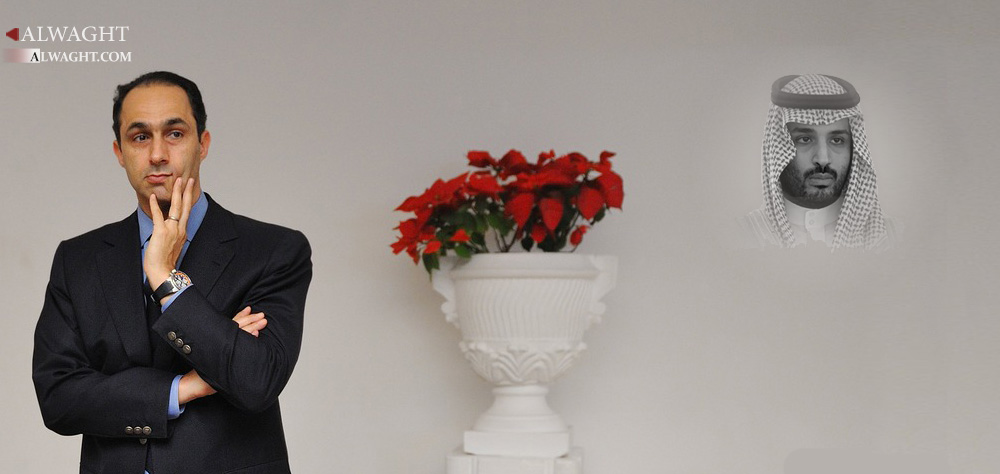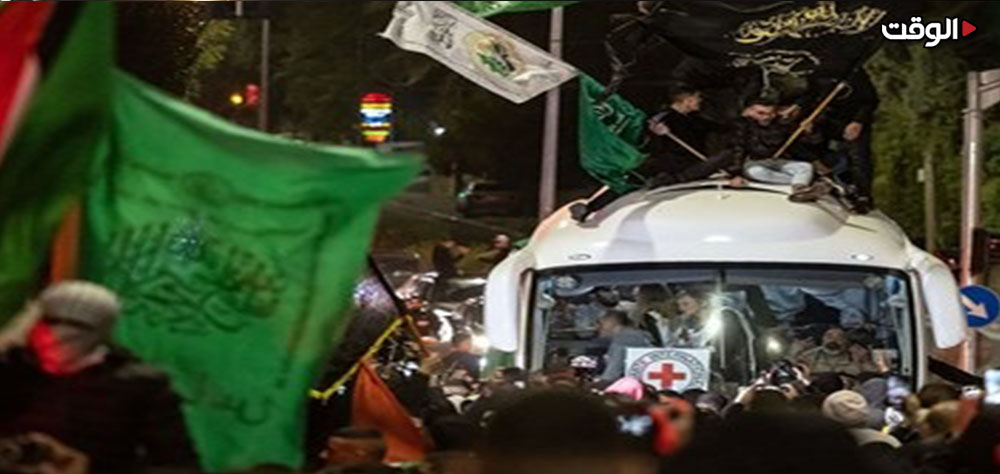Alwaght- The visions differ on evaluation of the Arab uprisings which have started since 2011. While some believe that the revolts have met their goals and brought down dictators in a number of Arab countries like Tunisia, Egypt and Libya, others argue that they diverted from their right course for a couple of reasons including manipulation of the youth movements by the intelligence services, and attempts of internal sides to use the revolutions’ unleashed force for their own benefits to overthrow the old dictator and bring to rule a new one.
The difference on evaluation touches a couple of points at the case itself, whether on the end of the crises in the countries that fell apart due to the so-called “uprisings”, or on the last Arab government that stays grappling with the crisis. Is it Syria, Yemen or Bahrain, or there are new Arab countries waiting a new revolt?
Despite the divide also in assessment of legitimacy of these uprisings, there is a consensus that the Arab nations have managed to break the wall of fear that was prevalent before the revolts, including the people of Persian Gulf Arab states. The best example is Bahrain. Saudi Arabia could also be on the list.
Riyadh has succeeded during the past few years to prevent spread of Arab uprisings into Saudi Arabia as the late Saudi King Abdullah bin Abdulaziz unveiled a package of economic and social reforms to contain the revolutionary wave, as he also offered support to the ousted Tunisian President Zine El Abidine Ben Ali, as well as to the Egyptian President Hosni Mubarak who was removed from power during the January 25, 2011 revolution.
To give answer to the question asked before, it is useful to get help from the Egyptian experience, for reasons yet to be shared, on top of them is the key role of Saudi Arabia and Egypt in Arab world’s decision making.
Perhaps one of the factors that helped spark of the Egyptian 2011 revolution was the talk about inheritance of the rule of Egypt from President Hosni Mubarak to his son Gamal Mubarak who got his name shining at home and out of Egypt through the unlimited support provided by his father to serve his political project. Inside Egypt, the focus came on the “son of the president”, and many vied to get his favor and be at his service, even the top people of his father's rule from the intelligence service, army, and businessmen. He became master of everything. Externally, the Egyptian media have succeeded, though partially, in “Gamal Mubarak propaganda” through presenting him to the world as a rescuing engineer of the weak Egyptian economy. Gamal also showed off himself as a man capable of getting the Egyptians out of their economic plights through interviews with global media. There were many interviews with him the titles of which were mostly the “strong man of Egypt.”
The followers of recent developments in Saudi Arabia can see an array of similarities, both in the form and in the theme, between Saudi Arabia and Egypt, though there are essential differences, too. Could the history repeat itself between the son of Mubarak and the son of Salman, or, to be precise, between Egypt and Saudi Arabia?
The similarities
Despite the fact that there was a consensus over the notion that the Egyptian regime was authoritarian, Mubarak’s regime was stable, but very soon the stability gave place to political sparks that touched head of the government after there was the discussion of inheritance of the rule in Egypt. This is also adoptable on Saudi Arabia. Although the criticism is directed against the regime, there is stability consolidated by the routine of power transition between the sons of King Abdulaziz, the first monarch and founder of Saudi Arabia. But power transition to the grandsons of King Abdulaziz could stir a kind of instability. So, King Salman, taking cue from former King Abdullah, tried to kill the crisis beforehand.
Under the excuse of filling the Council of Ministers, the kingdom’s cabinet, with young people, King Salman appointed his young son Mohammad as the chief of the Royal Court, and later minister of defense and deputy crown prince, and also chairman of the Council for Economic and Development Affairs, and also chairman of Aramco, the Saudi state oil company.
Mohammad bin Salman, just like Gamal Mubarak, stands top on the Saudi media agenda, either from military aspects, through anti-Yemeni Operation Decisive Storm and the Islamic Military Alliance, or from economic aspects, through presenting the Saudi Vision 2030, a plan to cut Saudi dependence on oil revenue. Prince Mohammed has outstripped Gamal Mubarak because Mubarak had to deal with a strong military structure in his country but bin Salman had in front of him a weak Saudi military establishment- something the young prince took advantage of. Prince Mohammad is a dominant figure of the security and military structure of the kingdom. He appointed Khalid bin Ali Al Humaidan as the chief of the General Intelligence Directorate- originally in Arabic Al Mukhabarat Al A'amah- instead of Prince Khalid bin Bandar in a bid to distance some circles of ruling family from the administration, because he assumes that the upcoming threat would come from the insiders.
Just like Hosni Mubarak, King Salman has spared no effort to deliver unlimited support to his son to help him press ahead with his political, economic and military project, all to paint him as the strong man of the time. This has pushed some Western diplomats to call the son “Mr. everything.”
Mohammad bin Salman has done just like Gamal Mubarak through holding in his grasp the economy, military and intelligence. He also has done like son of Hosni Mubarak by showing off himself to the world through Bloomberg media company which has presented him as a business leader capable of getting his country’s declining economy off the crisis, as it was the case with Gamal Mubarak. In fact, bin Salman embarked on the same Gamal Mubarak’s policy through focusing on the youths and unemployment for known objectives.
The similarity looks close between the two sons as both have fathers ruling the country. But Hosni Mubarak and his son were removed from power. Could the history repeat itself through a revolt that sparks from the ruling family once King Salman decides to remove the largely marginalized current Crown Prince Muhammad bin Nayef and replace him with his son Mohammad? Or the history is quicker and it repeats the case of King Abdullah and his son Mutaib who was removed as a commander of the Saudi National Guard by Mohammad bin Salman, as bin Salman did with Mohammad bin Nayef, the former minister of interior, through integrating the ministry of interior into the defense ministry?
Gamal Mubarak’s haste to take over the rule from his aging father, who was 84 at that time, was a cause of removal of Hosni Mubarak from power. Could the youth’s energy and the fear of illness of King Salman, 81, terminate his son’s political life? The future is full of happenings, and they must take place one day.



























